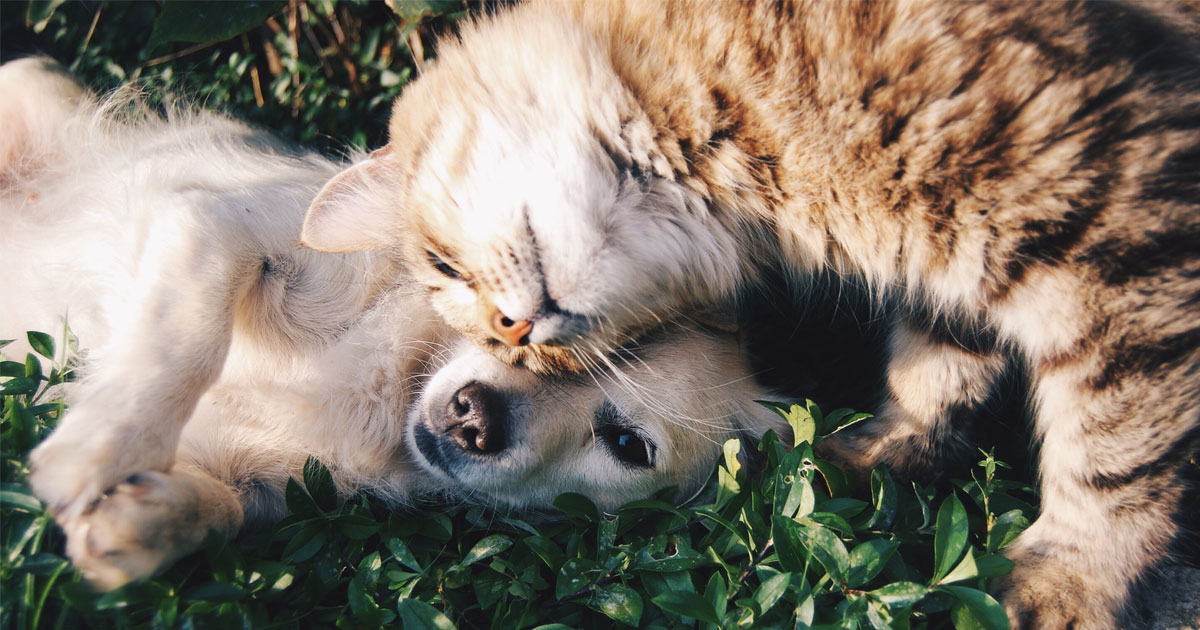Many people do try to make eco-friendly decisions, but something we might not have considered is the ecological ‘
paw print’ of our furry friends, as they too have the potential to impact the environment. Being more thoughtful in the choices we make can have a huge impact on wildlife and the environment. We hope you find the following tips helpful to be a more
eco-friendly pet owner.
Adopt, don’t shop
When you decide you would like to get a pet,
look around at the shelters. There are so many animals looking for a loving home. By adopting from a shelter, you make space for other animals, which need to be rescued. Pets that can be purchased may be transported from abroad increasing your carbon footprint, and may be further encouraging unhealthy practices such as puppy mills.
Spay and neuter
Reducing the number of pets is beneficial to the environment, as they place a large demand on resources. There is an overabundance of pets without homes and many end up living on the streets since shelters are usually packed.

Responsible food choices
If your pet needs to eat meat as part of their diet, make sure the products you buy come from the byproducts of the meat industry.
In the US, cats and dogs are responsible for 25-30% of the environmental impact of meat consumption! Look for healthy, organic, environmentally conscious food brands made by responsible companies. Also make sure that you do not overfeed them, as besides causing health problems you are also harming the environment further. Another point to consider is the packaging the food comes in - try opting for recyclable options.
Reducing the waste
Pet waste can have a harmful effect on the environment if it leaks contaminants into the water supply and adds methane from the landfill amongst other effects. Try look for
biodegradable litter options, including old newspapers, wood shavings, nut shells and wheat. For dogs, choose a bag made from plant-based materials that will decompose.
Eco-friendly supplies
Before buying new supplies for your furry friend, check if any friends or family have items they no longer need such as leash, bowls, and toys. Should there be items you do need to buy look for ones made from sustainable materials, for example
cardboard cat scratchers, which are made of recycled material and are recyclable themselves. Use old clothes as bedding. If there are items, which you no longer need for your pet, donate them to shelters.
Being an eco-friendly pet owner can help to reduce your household carbon footprint by making more responsible decisions. We hope that you find these tips helpful on your sustainability journey. Should you have any other tips to share please reach out to us on
msf@apsbank.com.mt.
(Source:
greenactioncentre.ca).



